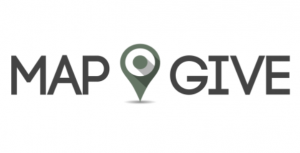 Thursday 14th May 12-2 pm E10
Thursday 14th May 12-2 pm E10
Monday 18th May 12-2 pm E4
Saddend by the suffering in Nepal, and inspired by stories of ‘crisis mapping’ – where volunteers all over the world are helping to digitise satellite imagery to provide maps and data that can be used by rescuers and aid groups on the ground, I organised a lunchtime mapathon with my team yesterday.
Learning Technology Development got together in an IT room over lunch to learn how to map and contribute to the Humanitarian OpenStreetMap inititative.
In just 30 minutes we had created accounts, worked through the training videos, practiced adding and editing points, lines, shapes and custom information to the OSM (used to mark locations, roads, paths, rivers, buildings, lakes, fields, etc), and were ready to begin contributing to the international relief effort. We then spent the rest of our lunch working on the, ‘Gorkha, residential areas and buildings’ task, examining satellite imagery to look for hamlets and trace any buildings and paths or roads that connect to these residential areas.
Blake Girardot, activation coordinator of the initiative says, “Any mapping that people can contribute helps,” he adds. “It matters. It’s surprising that it matters so much, but it matters. People can feel good about half an hour of mapping, or 10 minutes. Every click turns into a data point. You do 20 clicks, that’s three buildings that nobody knew about, nobody had access to until you put it in there. Now suddenly those things are on the map.”
As a learning technology team this seemed like a fitting response to the terrible news of a second earthquake – working together and doing something to help.
9 people x 1.5 hours = #contributing
We’ll be volunteering our time again on Thursday and Monday over lunch, and you are very welcome to join us. No experience necessary! We’d like to see you there.
Meg Juss
Learning Technology Development Manager
If you want to know more about this important work, the following links are good starting points:
http://scroll.in/…/how-hundreds-of-volunteer-mappers-are-he…
http://blogs.state.gov/…/want-help-nepal-volunteer-mappers-…
http://www.fastcoexist.com/…/one-way-you-can-help-nepal-rig…

